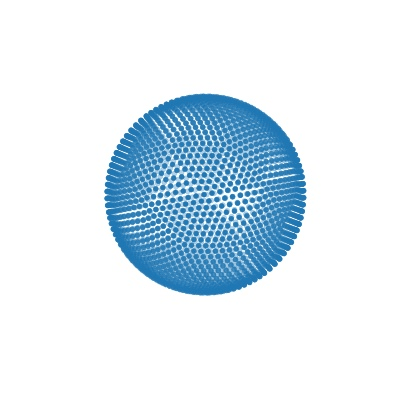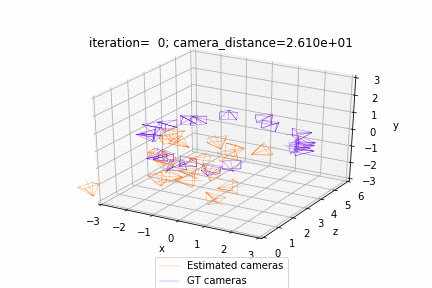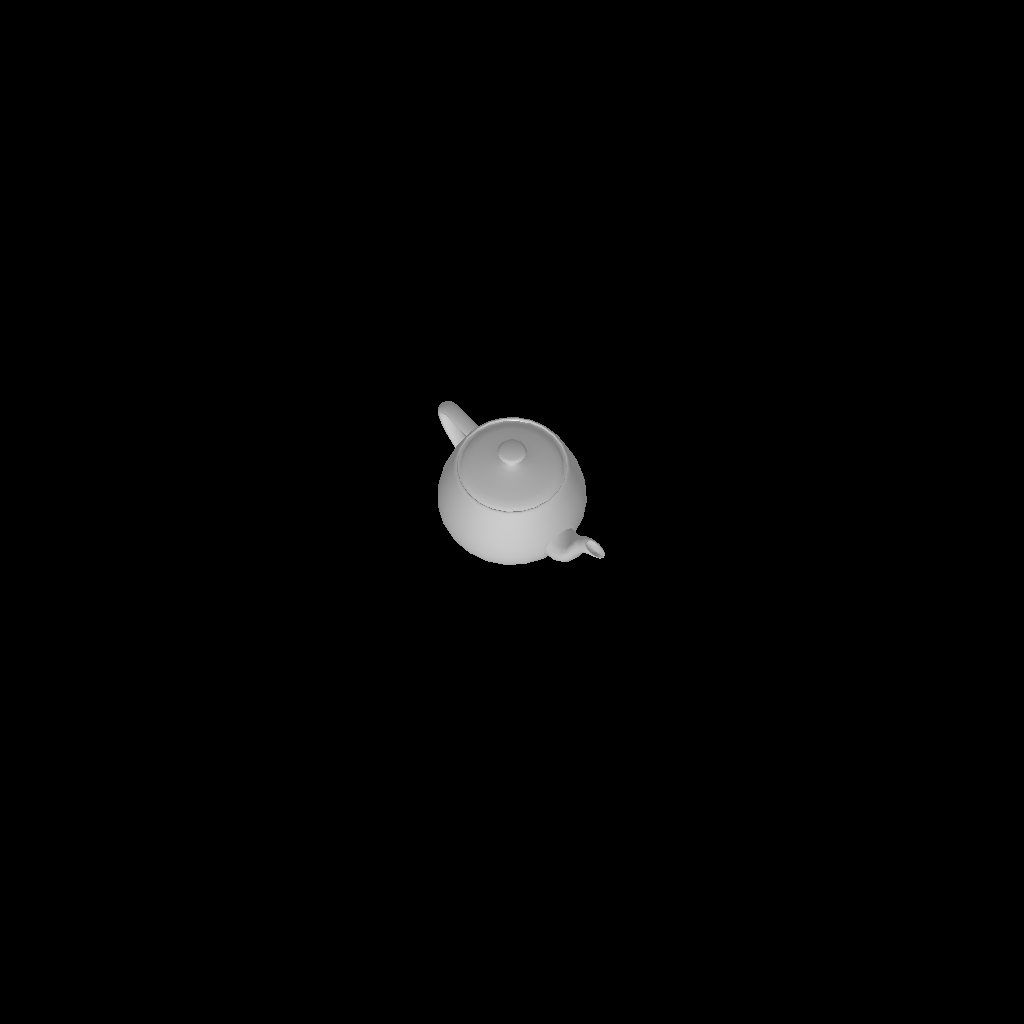Summary:
## Updates
- Defined the world and camera coordinates according to this figure. The world coordinates are defined as having +Y up, +X left and +Z in.
{F230888499}
- Removed all flipping from blending functions.
- Updated the rasterizer to return images with +Y up and +X left.
- Updated all the mesh rasterizer tests
- The expected values are now defined in terms of the default +Y up, +X left
- Added tests where the triangles in the meshes are non symmetrical so that it is clear which direction +X and +Y are
## Questions:
- Should we have **scene settings** instead of raster settings?
- To be more correct we should be [z clipping in the rasterizer based on the far/near clipping planes](https://github.com/ShichenLiu/SoftRas/blob/master/soft_renderer/cuda/soft_rasterize_cuda_kernel.cu#L400) - these values are also required in the blending functions so should we make these scene level parameters and have a scene settings tuple which is available to the rasterizer and shader?
Reviewed By: gkioxari
Differential Revision: D20208604
fbshipit-source-id: 55787301b1bffa0afa9618f0a0886cc681da51f3

Introduction
PyTorch3d provides efficient, reusable components for 3D Computer Vision research with PyTorch.
Key features include:
- Data structure for storing and manipulating triangle meshes
- Efficient operations on triangle meshes (projective transformations, graph convolution, sampling, loss functions)
- A differentiable mesh renderer
PyTorch3d is designed to integrate smoothly with deep learning methods for predicting and manipulating 3D data. For this reason, all operators in PyTorch3d:
- Are implemented using PyTorch tensors
- Can handle minibatches of hetereogenous data
- Can be differentiated
- Can utilize GPUs for acceleration
Within FAIR, PyTorch3d has been used to power research projects such as Mesh R-CNN.
Installation
For detailed instructions refer to INSTALL.md.
License
PyTorch3d is released under the BSD-3-Clause License.
Tutorials
Get started with PyTorch3d by trying one of the tutorial notebooks.
 |
 |
|---|---|
| Deform a sphere mesh to dolphin | Bundle adjustment |
 |
 |
|---|---|
| Render textured meshes | Camera position optimization |
Documentation
Learn more about the API by reading the PyTorch3d documentation.
We also have deep dive notes on several API components:
Development
We welcome new contributions to Pytorch3d and we will be actively maintaining this library! Please refer to CONTRIBUTING.md for full instructions on how to run the code, tests and linter, and submit your pull requests.
Contributors
PyTorch3d is written and maintained by the Facebook AI Research Computer Vision Team.
Citation
If you find PyTorch3d useful in your research, please cite:
@misc{ravi2020pytorch3d,
author = {Nikhila Ravi and Jeremy Reizenstein and David Novotny and Taylor Gordon
and Wan-Yen Lo and Justin Johnson and Georgia Gkioxari},
title = {PyTorch3D},
howpublished = {\url{https://github.com/facebookresearch/pytorch3d}},
year = {2020}
}